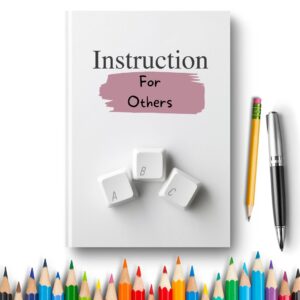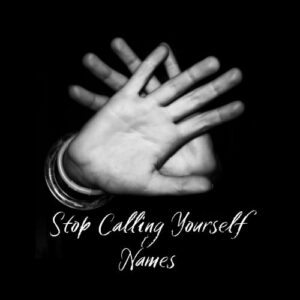Of those who seek help for anxiety 70-80% of cases are due to suppressed thoughts and feelings about current life circumstances, according to David Burns, MD. He says we suppress these feelings out of a desire to be nice or protective of others. As a result, these feelings show up disguised as anxiety. In order to reduce the anxiety, negative emotions must be brought into conscious awareness and addressed.
This is not a conscious process; in other words, this isn’t about lying or being intentionally self-deceptive. You’re genuinely not aware of what or how much something is bothering you and it involves some digging to uncover it.
This hidden emotion model is one approach in the treatment of anxiety and I’ve found it to be an important clinical consideration in my own practice. That said, here’s a way to use the method on your own.
There are two stages of utilizing the hidden emotion model. The first is uncovering what is being hidden. This requires insight, inquiry, and curiosity. In order to apply these, it’s important to establish emotional safety with yourself. In other words, before you begin this process commit to not judging yourself when hidden emotions surface.
Here are some questions to ask yourself in the first stage:
- Is there anything bothering me right now that I’ve been reluctant to admit to myself or anyone else?
- Is there a problem I’ve been avoiding or not acknowledging because I don’t want to be perceived in a negative way?
- Are there negative emotions I believe I’m not supposed to feel and, if so, how would I know if I were feeling them?
The second stage is a willingness to deliberately take a different approach to your emotions by changing your thoughts and, by extension, your actions. Anxiety levels won’t drop until there is some intentional change in the way you’re responding to your emotions about the situation.
One reason you’re feeling what you’ve uncovered is because of how you’re interpreting a situation in your life. Start by trying to translate what you’re telling yourself in order to feel the way you do. See if you can capture at least one thought you’re having, though it’s great if you find more. Next, identify the cognitive distortions in each thought (scroll to the bottom for more info on distortions). Lastly, ask yourself what you might want to feel about the situation instead and what you’d need to believe/think in order to feel that emotion. Once you have a new thought and feeling that resonates for you, you’ll want to practice thinking this thought on purpose. (To find out more on how to craft deliberate thoughts and think them on purpose, check out my online program here.)
If you want a freebie on How Your Brain Lies to You, get access to my free resources here.



